intro
Food is a human right, and the San Francisco-Marin Food Bank is dedicated to ensuring people have access to healthy food; to do that, we advocate tenaciously for legislation that removes barriers to food access and centers the concerns of our participants and the communities we serve. Read more in our Policy Platform.
The policies and budget investments we support address issues raised by the community in our 2025 Policy Survey and our Food Policy and Advocacy Community Council (Food PACC), which is made up of community members with lived experience with food insecurity.
Everyone has a role in advancing our policy priorities — whether it involves learning about an issue, mobilizing colleagues and friends to take action, or raising your voice in support during legislative hearings.
.
At the San Francisco-Marin Food Bank, we’re focused on public investments and policy changes that support the needs of local communities and those across the state and recognize the impact of proposed federal cuts that could harm the social safety net. Below are highlights from this year’s policy agendas. For a full list, please see the priorities in our 2025 Local Policy Agenda, and 2025 State Policy Agenda.
We invite the City and County of San Francisco to invest in our partners to significantly reduce food insecurity by supporting a Request for Proposal (RFP) that allocates $3,419,700 annually to Food Bank community partners. Funding this RFP will increase capacity within our partner network to provide greater food access, stabilize lives, and strengthen the food security network in San Francisco.
Establish a formal Community Advisory Council with real influence to guide food policy, ensure oversight, and strengthen collaboration across organizations and City departments. This group should include people with lived experience and community organizations. Members should be compensated for their time and expertise.
CalFood: Sustain $60M annual funding to CalFood, enabling food banks to purchase California-grown agricultural products.
Food Insecurity Officer (Budget Ask) — Require California Department of Social Services to develop new methods for estimating CalFresh and California Food Assistance Program participation rates, identifying Californians eligible for program benefits, by 2026, and submit a Legislature report with budgetary and policy recommendations to combat food insecurity and improve state and federal food and nutrition programs enrollment rates.
Require the California Department of Social Services (CDSS) to ensure that the level of CalFresh benefits remains the level that was in effect on January 20, 2025, under the Thrifty Food Plan to determine SNAP benefit amounts. It also requires a feasibility study, a report on CalFresh expansion and benefit adequacy, and would be triggered if the federal government reduces SNAP benefits to recipients.
California Nutrition Incentives Program (CNIP): Include CNIP (which funds Market Match) as a permanent part of California’s annual budget.
SB 225 — School nutrition guardian meal reimbursement (Sen. McNerney): Require the State Department of Education to establish a process for state reimbursement by applying for federal waivers for meals served to guardians of eligible students receiving a meal pursuant to a summer meal program.
AB 11 — The Social Housing Act (Asm. Lee): Create the California Housing Authority as an independent state body to ensure that the social housing developments produced and acquired align with the goals of eliminating the gap between housing production regionally, while preserving and creating affordable housing.
Tax Credit SB 353 Income tax credits: food banks (Sen. Alvarado-Gil): The Personal Income Tax Law and the Corporation Tax Law will allow qualified taxpayers to claim a credit equal to 15% of the qualified value of fresh fruits or vegetables and specified raw agricultural products or processed foods donated to a food bank.
Support Older Adults & People with Disabilities by providing an ongoing Cost of Living increase for Supplemental Security Income (SSI)/State Supplementary Payment (SSP) grants, lifting SSI/SSP grants to at least the Federal Poverty Line, and providing financial support to SSI/SSP recipients when emergencies arise.
Behind every policy decision is a human being. Our advocacy has the power to influence the lives of thousands of our neighbors. Learn more and meet a few of them here:
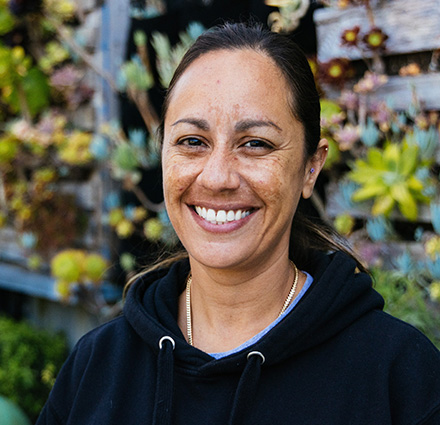
There are so many ways we work towards ending poverty, and a big part of that is food — it allows families to budget their money; maybe dollars that they were gonna spend on food can go to something else that supports them, especially with how expensive food is getting.
Linda, distribution coordinator at our partner Homeless Prenatal Program More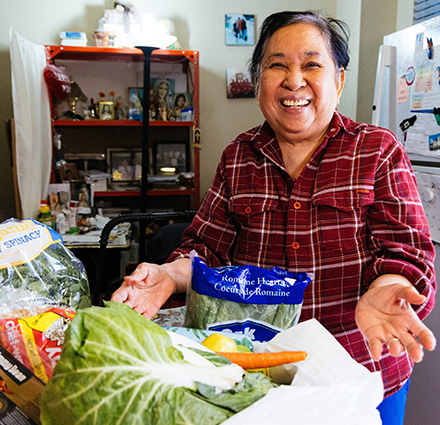
“[The Food Bank] gives mostly everything — bell pepper now, mushroom, ground beef, turkey, eggs, lettuce, tomatoes, oranges… so, mostly the food that [I] eat every day. I’ll use that in a stir fry, or sometimes I make sinigang, sisig, adobo, or lumpia shanghai. I enjoy it.
Victoria, Home-Delivered Groceries participant More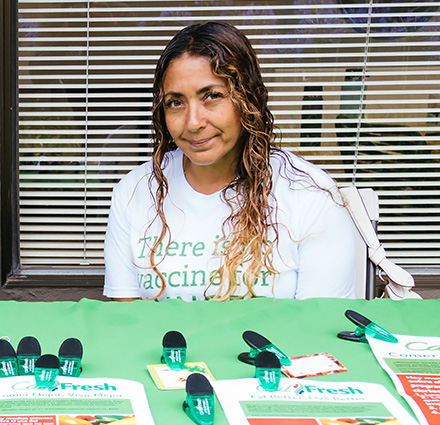
I help neighbors access CalFresh (formerly known as food stamps), which is a safety net program that gives families access to nutritious foods. People need our help with CalFresh because the system is not easy to navigate, and the rules constantly change. We’re here to help people apply for CalFresh and to know their rights in the program.
Alex, senior program manager at our Food Bank More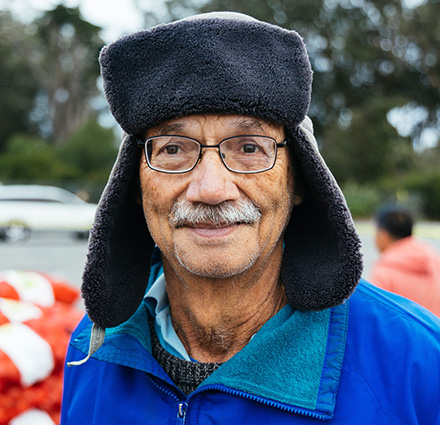
A lot of seniors isolated themselves during the pandemic. Being at the Food Bank allows you to be with real-life people. So it’s very good for the psyche, the mental health.
Mitchell, volunteer More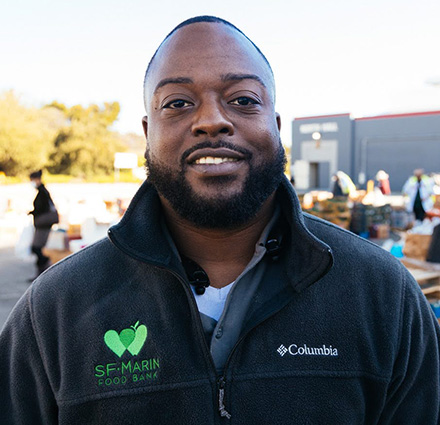
Changing policy is a marathon, not a sprint. We’re proud of how we’ve worked together with other advocates to achieve some pretty audacious goals. Our strength is that we’re always in conversation and partnership with our community to inform our policy priorities.
Marchon, associate director of policy and advocacy at our Food Bank More
There are so many ways we work towards ending poverty, and a big part of that is food — it allows families to budget their money; maybe dollars that they were gonna spend on food can go to something else that supports them, especially with how expensive food is getting.
Linda, distribution coordinator at our partner Homeless Prenatal Program More
“[The Food Bank] gives mostly everything — bell pepper now, mushroom, ground beef, turkey, eggs, lettuce, tomatoes, oranges… so, mostly the food that [I] eat every day. I’ll use that in a stir fry, or sometimes I make sinigang, sisig, adobo, or lumpia shanghai. I enjoy it.
Victoria, Home-Delivered Groceries participant More
I help neighbors access CalFresh (formerly known as food stamps), which is a safety net program that gives families access to nutritious foods. People need our help with CalFresh because the system is not easy to navigate, and the rules constantly change. We’re here to help people apply for CalFresh and to know their rights in the program.
Alex, senior program manager at our Food Bank More
A lot of seniors isolated themselves during the pandemic. Being at the Food Bank allows you to be with real-life people. So it’s very good for the psyche, the mental health.
Mitchell, volunteer MoreOur state policy advocacy is rooted in partnerships and coalitions. Our voices are louder when we speak together.
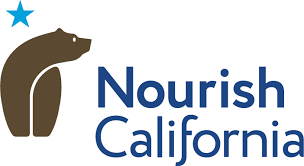
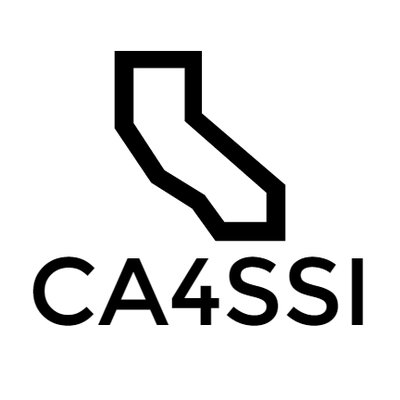
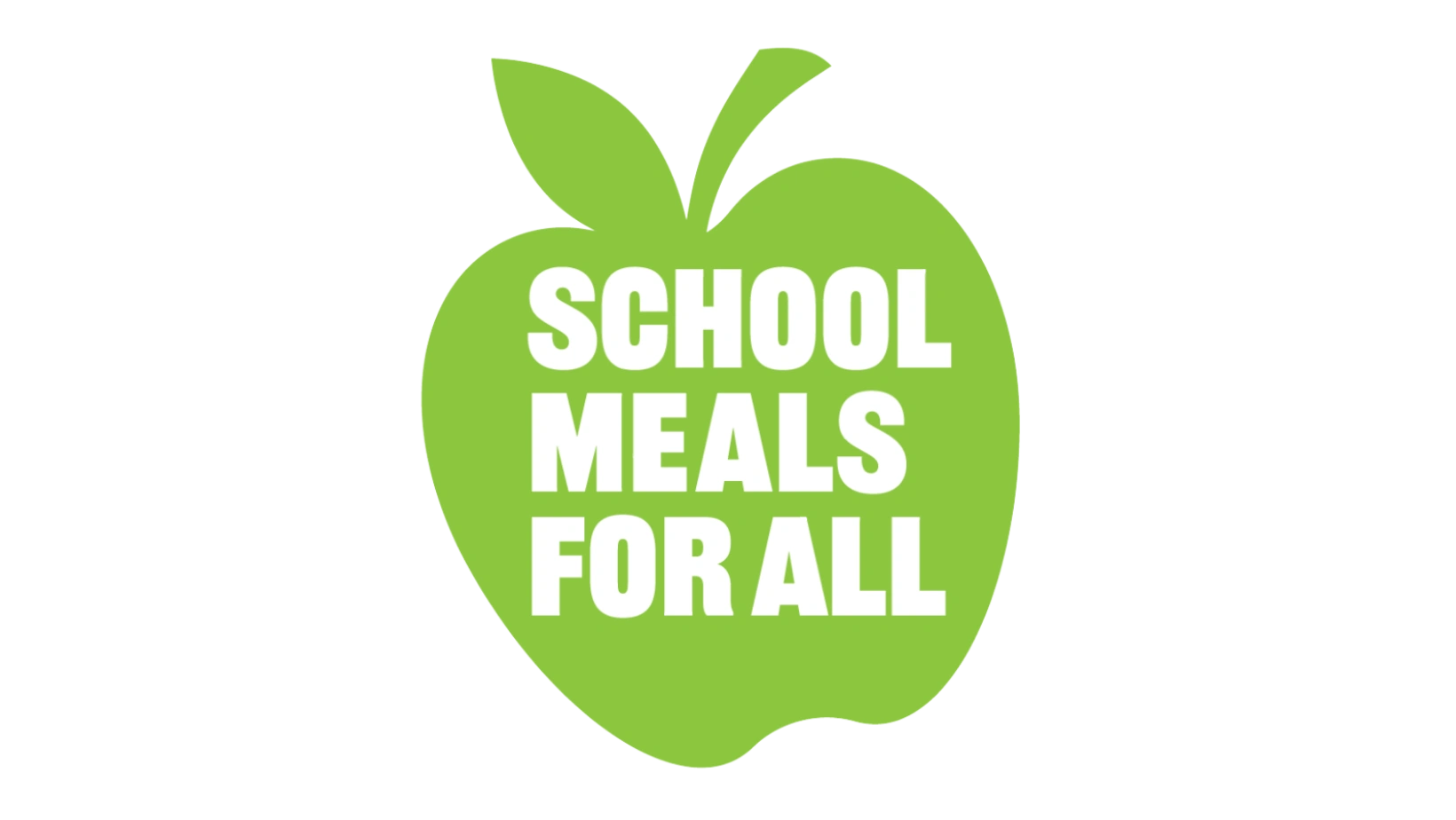
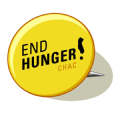







Get Food Bank Updates
Privacy & Cookies: This site uses cookies. By continuing to use this website, you agree to their use. To find out more, including how to control cookies, see our Privacy Policy here.
